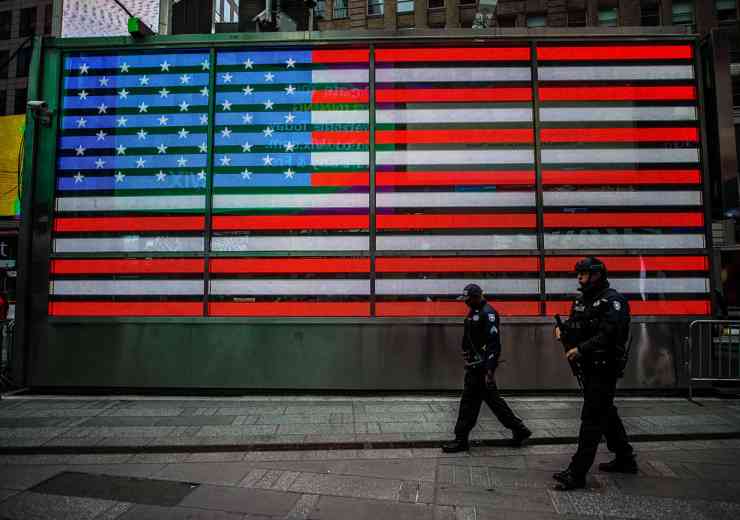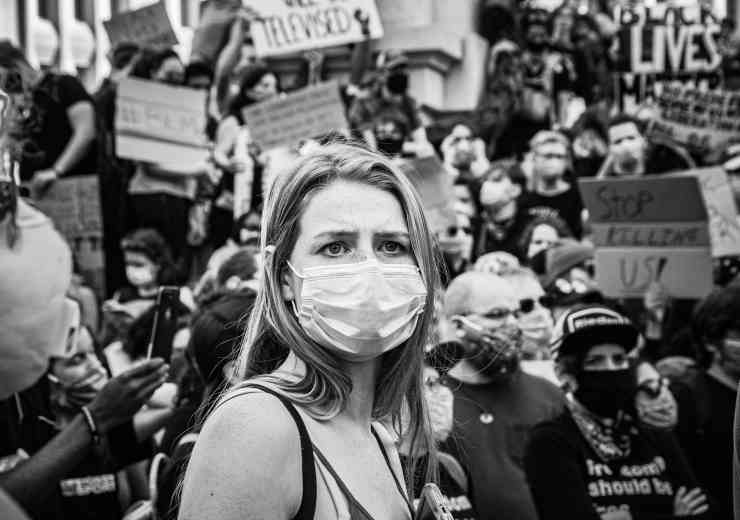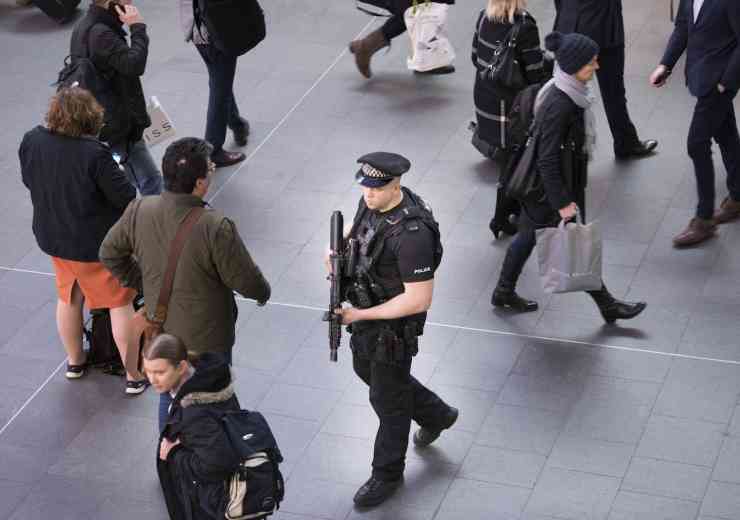
A mechanism for monitoring global terror
According to new research released by Verisk Maplecroft, which assesses 1,300 of the world’s most important commercial hubs and urban centres, terrorist attacks pose an ‘extreme risk’ to populations and businesses in the capital cities of 12 countries, including the strategic markets of Egypt, Israel, Kenya, Nigeria and Pakistan.
In Verisk Maplecroft’s new Global Alerts Dashboard (GAD), 64 cities are categorised as in extreme risk. GAD is an online mapping and data portal that logs and analyses every reported terrorism incident down to levels of 100m² worldwide. Based on the intensity and frequency of attacks in the 12 months following February 2014, combined with the number and severity of incidents in the previous five years, six cities in Iraq top the ranking. Over this period, the country’s capital, Baghdad, suffered 380 terrorist attacks resulting in 1,141 deaths and 3,654 wounded, making it the world’s highest risk urban centre, followed by Mosul, Al Ramadi, Ba’qubah, Kirkuk and Al Hillah.
Outside of Iraq, other capital cities rated extreme risk include Kabul, Afghanistan (13th in the most at risk ranking), Mogadishu, Somalia (14th), Sana’a, Yemen (19th) and Tripoli, Libya (48th). However, with investment limited in conflict and post-conflict locations, it is the risk posed by terrorism in the primary cities of strategic economies, such as Egypt, Israel, Kenya, Nigeria and Pakistan that has the potential to threaten business and supply chain continuity.
Principal Analyst at Verisk Maplecroft, Charlotte Ingham, said: “An estimated 80 per cent of global GDP is generated from cities. Visibility of the sub‑national differences in terrorism levels should be an imperative for multinational organisations looking to understand and price the risks to assets, employees and supply chains.”
Islamic insurgencies in Africa
As Africa’s largest economy, Nigeria’s role as a commercial hub is central to economic growth across the region. However, due to the activities of Islamist group Boko Haram and a surge in violence in the lead up to the March election, 13 out of the 24 Nigerian cities included in the assessment experienced a significant increase in the intensity and frequency of terrorist attacks compared to the previous quarter. The risk level in Abuja (18th), Nigeria’s capital, has remained consistent, but it is rated among the top two per cent of GAD’s most at risk cities. Over the reporting period, Abuja suffered four attacks which resulted in 117 deaths.
While Boko Haram will remain the dominant terrorist threat in Nigeria, Verisk Maplecroft believes there is a possibility of hostilities resuming in the Niger Delta following the election of Mohammed Buhari. The amnesty protecting members of the militant group Movement for the Emancipation of the Niger Delta (MEND) is due to lapse and without successful negotiations this could mean disruption to the country’s vital oil industry, in addition to attacks on key cities in the south east of the country.
The only other sub-Saharan capital to appear in the ‘extreme risk’ category is Nairobi (57th), East Africa’s prime commercial centre, which has witnessed an upsurge in attacks by Islamist militant group al Shabaab. Over the reporting period 184 people have been killed or wounded in Nairobi in six separate attacks. The impact of terrorism on the country’s main commercial hubs of Nairobi and Mombasa (82nd) has been particularly harmful to investor confidence. In addition, the tourist trade has declined by 7.4 per cent costing the country an estimated US $73m.
Paris attack reflects risk
According to Verisk Maplecroft, Paris (97th and ‘high risk’) has experienced one of the steepest rises in the ranking, reflecting the severity of the terrorist attack in January 2015 that left 17 people dead. The risk level in Paris is representative of a wider trend for Western countries, including Belgium, Canada and Australia, where the level of risk in key urban centres is substantially higher than elsewhere in the country, in part due to the significant PR value attached to such high profile targets by militant Islamist groups.
This contrasts sharply with a number of developing economies, including Nigeria, Thailand, Philippines, Colombia and India, where the risk of terrorist attacks is highest in rural areas. This also remains the case in Egypt where large-scale attacks remain focused in the Sinai Peninsula. However, the data reflects increased risks in the country’s two main commercial centres, Cairo (45th and ‘extreme risk’) and Alexandria (76th and ‘high risk’), the latter of which has moved from ‘medium’ to ‘high risk’ over the last quarter.
Alexandria case study
An increase in the frequency and intensity of terrorism incidents in Alexandria has seen the city’s score plunge from ‘medium risk’ in Q1 2015, to ‘high risk’ in Q2 2015. This sudden and sharp increase in risk creates a significant challenge for international investors in Egypt’s second city and major trade hub.
Understanding the drivers of this acute increase in risk is critical for businesses to make informed decisions about protecting their people, assets and supply chains. Analysis of the risk at both the country and individual city level can help businesses make strategic investment decisions, while more granular event based data can give greater clarity when making operational decisions. Using the interactive GAD, clients can find information about the risks facing their operations down to street level and create powerful analytics and visualisations to facilitate risk mitigation.
A geo-spatial investigation of the 12 month 2015 Q1 time frame and the 12 month 2015 Q2 time frame for Alexandria shows a significant increase in the number of attacks from two - 30 respectively and an increase in the number of casualties from nine – 40.
A more detailed analysis of the data reveals a sharp rise in the number of terrorist incidents from January 2015. The rise in attacks follows a national trend in attacks around the anniversary of the January uprising against Hosni Mubarak. Investigating past this point reveals an upward trend in the number of casualties in the Q2 reporting period which continues to a spike in March 2015.
The fact the spike in casualties does not correspond to the peak in attacks indicates a change in terror tactics during the time frame. Nearly two thirds of all attacks in January targeted police forces, however, this fell to 40 per cent in March 2015, while the proportion of attacks on civilians rose to 60 per cent.
The shift towards ‘softer’ civilian targets in March included an IED attack on a supermarket, three banks, a telecoms business and a fire station. The data therefore reveals two separate attack patterns: one cluster of attacks against police forces around the anniversary of the 2011 uprising, and a separate group of attacks against commercial enterprises with civilian casualties from February to March. There is the potential that Muslim Brotherhood affiliated groups which have historically targeted police forces in isolation are branching out and targeting commercial interests to put more pressure on the government. The acceptance of civilian casualties is a by-product of this shift in modus operandi and could signal the start of a more turbulent period for Alexandria.
The sharp rise in terrorism risk in Alexandria between the Q1 and Q2 city scores is driven by an increase in incidents and casualties across the city. What this simple assessment masks however is the apparent change in tactics for terrorist groups. For businesses operating in the city, historically keeping away from areas of protest would likely have limited their exposure to physical risk as much of the terrorist violence was directed against tools of the state. The shift now to targeting commercial enterprises and civilian infrastructure makes managing terrorism risks more complex.
An integrated security solution
Powered by eight years of data, the web based platform provides organisations with an instant, cost effective solution that will aid strategic decision making over current investments, supply chain continuity, market entry or risk pricing. The dashboard is an operational solution that pinpoints, tracks and alerts disruptions, such as natural hazards, corporate security threats, terrorism and piracy, as well as pressures to corporate reputation from complicity in human rights abuses.
It features up-to-date analytics on emerging security developments and historic trends at the global, national and sub-national level. These trends shape the security of businesses’ day-to-day operating environment. Activate filters within the tool to define the type of data or analysis needed per site and the frequency you would like to receive qualified alerts.
It also enhances risk management capabilities by integrating corporate information with global security data, which is collated, verified and categorised by a team of experts. Risk outputs can be viewed by live data feeds, email alerts, spreadsheet, online scorecards, risk matrices for issues and individual incidents. It is augmented by high performance mapping technology, which offers compelling visualisations down to street level.
















